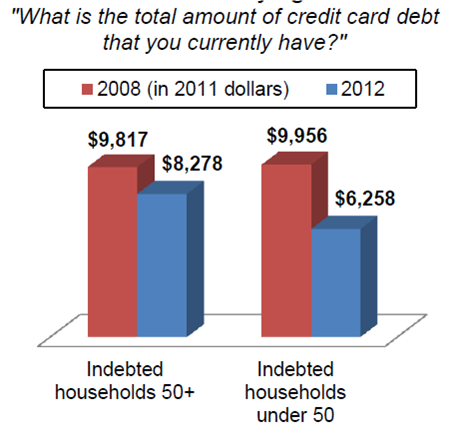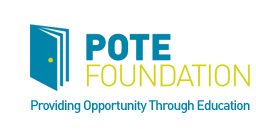Data Emerges on $20.4 Million Raised by Charities After Sandy Hook Shootings
/
Connecticut Attorney General George Jepsen and State Consumer Protection Commissioner William M. Rubenstein have made public information collected from dozens of charities related to the shooting deaths at Sandy Hook Elementary School in Newtown. The data collected thus far indicates that 43 charities have collected nearly $20.4 million and have distributed nearly $2.9 million.
Among their charitable purposes, as reported by the organizations, are: to provide direct financial support or other assistance to the 26 families who lost loved ones; to create scholarships and an endowment to support Newtown’s children and youth; to purchase memorial trees; pay for construction of a physical memorial to those lost; and to recognize, support and inspire acts of kindness.
The information was provided in response to a request for information by the Attorney General and Commissioner. The letter and short survey were sent March 28 to 69 charities either registered with the state Department of Consumer Protection, or publically identified as having accepted donations related to Sandy Hook Elementary, where 20 children and six adults were killed on Dec. 14, 2012. The charities were asked to respond by April 12.
“This request was an initial step to provide information to the public, Newtown community and other charitable organizations trying to meet the needs of those affected by this tragedy,” said Attorney General George Jepsen.
There were 22 organizations that have not responded to the letter of inquiry as of April 15, and Jepsen said his office will be following up with each of them. The collected information is available on the Attorney General’s and Consumer Protection websites as a service to the public, however, the postings should not be considered an endorsement of any charity by the agencies or by the Stat e.
e.
Commissioner Rubenstein said, “We see this as a good first step toward providing transparency to the activities of the various funds, and guiding future donors who may wish to make a contribution.” Among those outlining their fundraising and spending are the United Way of Western Connecticut, Sandy Hook Promise Foundation, Newtown Pride and the University of Connecticut Foundation.
The charities were asked about their organization, services and funds, including the dollar amount of any donations and pledges to date; and the purposes for which money was being collected. “Our offices may reach out in the future to all the charities to determine how the donations were expended and the steps taken to prevent fraud or misuse of funds,” Rubenstein said.
Links are available to view:
Survey results Survey Questions List of charities
In addition, the Attorney General and Commissioner also asked charities and members of the public to refer names of other organizations collecting donations for Sandy Hook-related purposes.
The Attorney General’s Office website also notes that Connecticut law requires groups that “ask in our state for anything of value to benefit a charitable purpose or charitable organization to register, or claim an exemption from registration, with the Public Charities Unit” of the office. Companies that are paid to solicit on behalf of charities, usually by telephone, are also required to register. The website explains that “registration is mandatory and does not imply that the state endorses any particular organization or paid soliciting company.”
The Public Charities Unit receives annual financial reports for registered charities. According to the website, “Information on how the charity spends its money may help you decide whether you wish to support the organization with your donations. If you have been solicited by telephone, we will also tell you how much of your donation goes to the charity and how much will stay with the paid solicitor.”
Regardless of the charity’s location, if the group intends to ask in Connecticut for anything of value to benefit a charitable purpose or other charitable organization, it must register to solicit (or claim an exemption from registration) by filing a form with the Public Charities Unit.








































